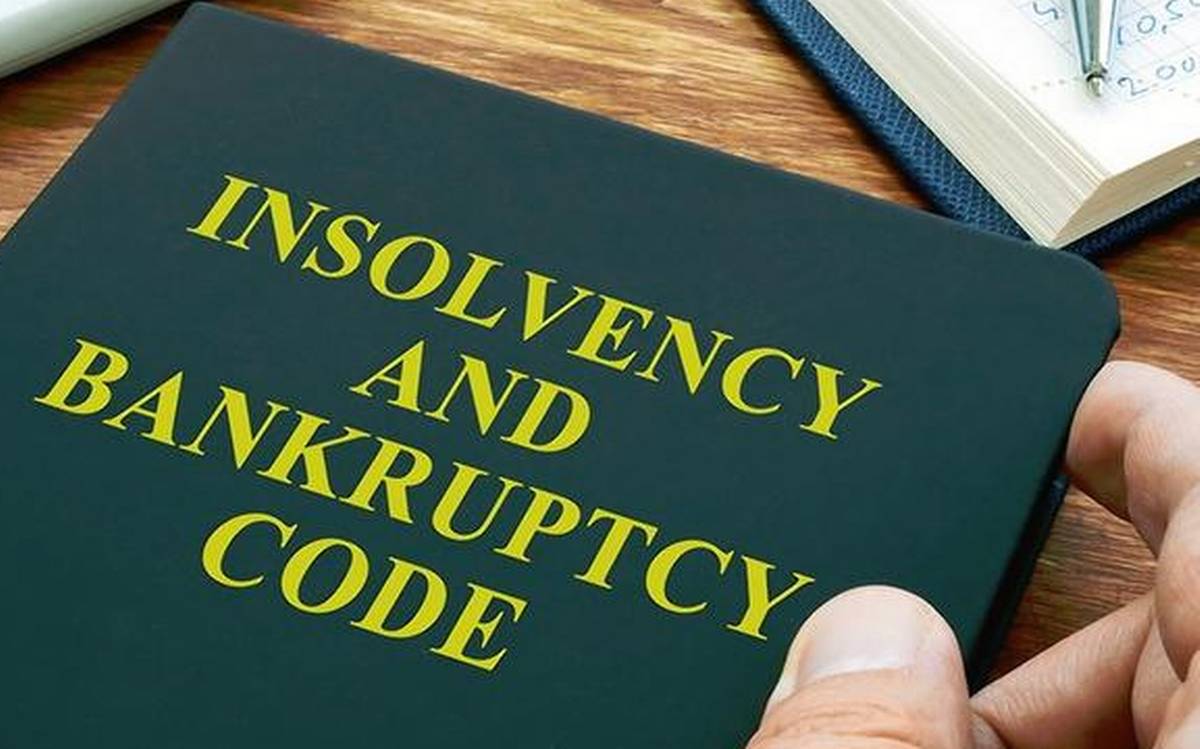
Personal Guarantor Insolvency
IBC 2016 was created to replace the old framework for insolvency and bankruptcy with single legislation. With the adoption of the IBC, the winding-up procedure was brought under the supervision of the National Company Law Tribunal, guaranteeing prompt and speedy action during the early phases of a firm’s financial default. The IBC’s primary goal is to help distressed corporate debtors.
History of Personal Guarantor Insolvency
As defined by Section 5(22) of the Code, a personal guarantor is an individual who is the surety under a contract of guarantee to the corporate debtor. While the provisions of the IBC pertaining to the insolvency resolution process of corporate debtors were implemented by the Central Government in 2016, the provisions of the IBC pertaining to the insolvency resolution process of corporate debtors were not.
The provisions pertaining to Personal Guarantors to Corporate Debtors’ bankruptcy resolution procedure were not. Prior to the Code’s creation, the Presidency Towns Insolvency Act of 1909 and the Provincial Insolvency Act of 1920 covered insolvency and bankruptcy for all persons, including personal guarantors.
NEW LAW
The IBC shall apply to the personal guarantor of the corporate debtor as of 1.12.2019, according to a notice dated 15.11.2019. Section III of the IBC will only apply to personal guarantors, according to this notice.
The Supreme Court in landmark judgment held that lenders can now initiate insolvency proceedings against promoters, managing directors, and chairpersons who issued personal guarantees on corporate loans if the borrower defaults.
Prior to the Notification concerning Section 60 of the Code, the Debt Recovery Tribunal had jurisdiction over insolvency and bankruptcy procedures against personal guarantors, whereas procedures against corporate debtors for the same default were either underway or became pending before an NCLT.
This had the opposite effect, delaying the legal procedure and producing inaccuracies in estimating the amount to be recovered from the guarantors. To resolve this issue, Sections 60(2) and 60(3) of the Code were inserted, mandating that bankruptcy procedures against personal guarantors and corporate debtors be conducted by the same court, namely the NCLT.
ADVANTAGES AND DISADVANTAGES OF THE NEW LAW
- Consolidation of proceedings safeguards the debtors’ and guarantors’ interests by ensuring that the claim amounts issued to creditors do not overlap.
- For creditors, it allows for simultaneous actions before the same court, removing the burden of having to go to two separate forums to recover the same amount.
- The new legislation is likely to significantly reduce delays in the collection of creditors’ dues, as the Code mandates a time-bound approach.
- In addition to the SARFAESI Act, debt recovery suits, and other civil remedies, creditors now have another option for recovering their loans, resulting in a concentration of power in their hands.
- There appears to be no clear provision in Part III of the IBC, 2016 that allows an aggrieved personal guarantor to challenge the adjudicating authority’s decision.
- A pro-creditor insolvency framework presently applies to personal guarantors. Liabilities do not exclude guarantors. As a result, organizations must exercise prudence and prudence before issuing assurances in order to protect themselves from unanticipated events.
IMPACT ON THE INDUSTRY
In Lalit Kumar Jain vs. Union of India, the Hon’ble Supreme Court confirmed the legality of the 2019 notice expanding the IBC rules to personal guarantors. The Court also concluded that approving a Corporate Debtor’s resolution plan did not free a Personal Guarantor of their responsibility to repay the Corporate Debtor’s debt owed to an independent contractor.
A distinctive aspect of loans supplied to MSMEs is that it is frequently backed by personal guarantees supplied by promoters (which account for around 29 percent of GDP). Promoters will be encouraged to employ the pre-packaged insolvency resolution procedure for MSMEs to get creditor-friendly outcomes and strengthen credit discipline across the loan market as a result of the decision.
CONCLUSION
Despite being a good legislative attempt at efficiency, asset valuation maximization, and resolution process optimization, the new legislation fails to address the realities of the bankruptcy process.
For instance, an ordinance dated 05.06.2020 halted the implementation of Sections 7, 9, and 10 of the IBC, 2016, which were intended to safeguard corporations against new insolvency actions, citing the COVID-19 epidemic as the rationale.
However, relevant provisions of Part III of the IBC, 2016 dealing with individual/personal insolvency, including personal guarantors to corporate debtors, are not suspended in the same way, even though it is reasonable to assume that the economic slowdown caused by COVID-19 will affect both corporates and individual guarantors equally.
This has led to the creditors having the option, even during a COVID-19 pandemic, to take action against personal guarantors but not against corporate debtors.
Tags: individual insolvency under ibc, personal guarantor ibc, personal guarantee ibc, voluntary liquidation under ibc, personal guarantor under ibc, personal guarantor insolvency, ibc personal guarantor, personal insolvency under ibc, personal guarantor insolvency under ibc, insolvency proceedings against personal guarantor
